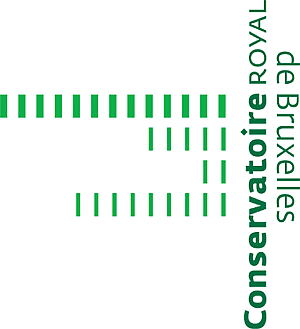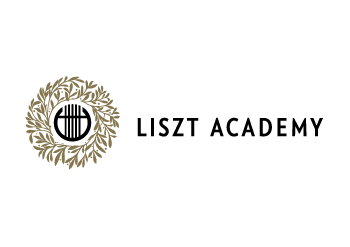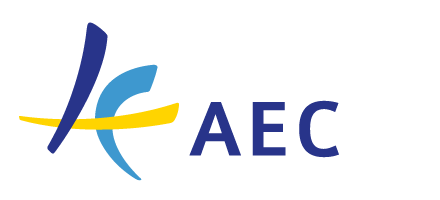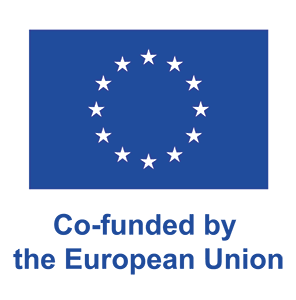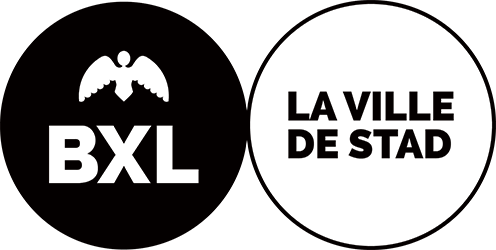Further information
-
assessment
Comprehensive exam CE -
level
Beginner, Intermediate -
 Completed SemesterSecond semester
Completed SemesterSecond semester -
How many semesters does the course last?
From two to four -
hours per week
90' -
 Link of the course
Link of the course -
 Target group of courseInstrumentalists, beginner
Target group of courseInstrumentalists, beginner
Instrumentalists, advanced
Music theory students, beginner -
 credits6
credits6 -
 Type of CourseLecture, Practice
Type of CourseLecture, Practice -
Degree Level
Bachelor -
 e-learning-elementsE-learning is not possible with this methodology, because it is essential singing or playing together and online platform have not an enough developed sound syncronisation
e-learning-elementsE-learning is not possible with this methodology, because it is essential singing or playing together and online platform have not an enough developed sound syncronisation -
Course
Mandatory -
students #
6-15 students -
Hours per year
324 -
BIBLIOGRAPHY
Daniela Roca, Ignacio Cabello, Emilio Molina - Armonia (traduzione by Daniela De Marchi) Edizioni Volontè & Co. - 2017 Milano -
ONLINE CATALOGUE
WITH CONTENTS -
evaluation grid
-
evaluation grid
and document
Teacher(s)
Daniela De Marchi
current position
Staff Teacher
Institution
Conservatorio di Musica “G. Verdi”
Be a part of our european project !
This European project (KA 203 Strategic Partnership) created by Salvatore Gioveni promotes cross-border collaboration in the field of Music Theory through sharing knowledge and transferring pedagogical innovation. It thus responds to a lack of centralised source and framework to deepen reflection by means of cross-disciplinary study at European and international level.
There is a significant wealth of educational practices from one country to another in this sector, especially in terms of harmonic musical notation and analysis. However, HMEI's are facing the nonexistence of a European network for pedagogical staff in Music Theory so far. To improve the situation, the project will among other things develop several intellectual outputs such as Online Platform (IO 1), an EU Bibliography (IO 2), a Repository Courses (IO 3), a Multilingual Glossary (IO 4) and an Exchange Online Learning Platform.
Besides the Conservatoire royal de Bruxelles as leader and manager of the project, the following partner institutions are involved: Music Academy S. Moniuszki Gdańsk (Gdańsk, Poland), F. Liszt Academy of Music Budapest (Budapest, Hungary), Estonian Academy for Music and Theatre (Tallinn, Estonia), HfMTh "Felix Mendelssohn Bartholdy" (Leipzig, Germany).
 | 2024
| 2024
